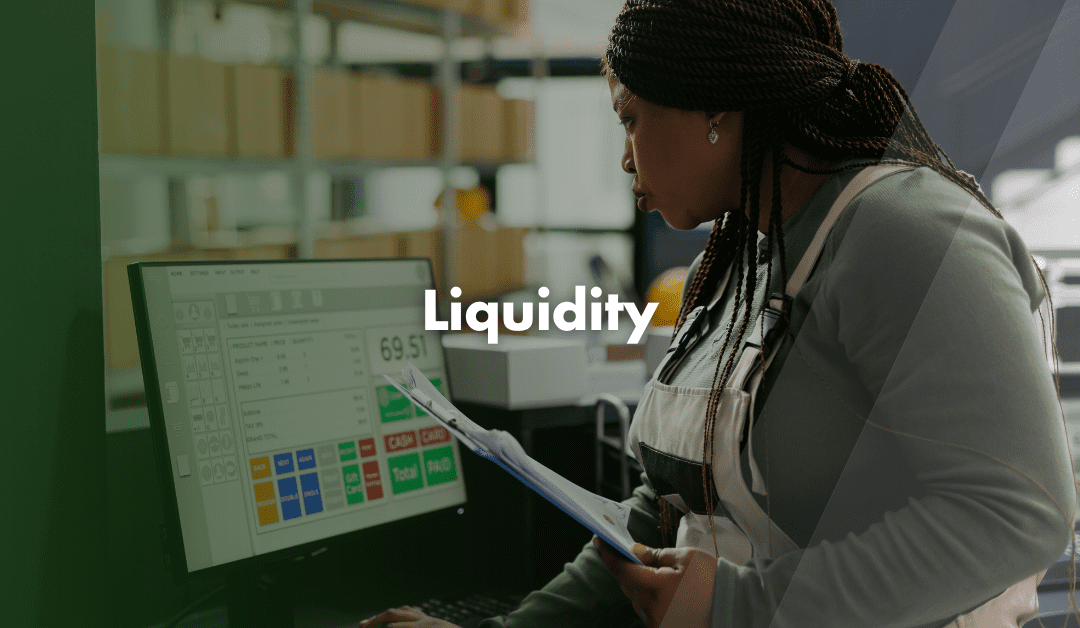What is Liquidity?
Liquidity measures how easily an asset converts into cash without losing value. Consider cash the most liquid asset because you can use it immediately for purchases or paying bills. On the other hand, assets like property or collectibles may take much longer to sell.
Why Is Liquidity Important?
Liquidity is important for a few key reasons:
- Access to Cash: Businesses and individuals with liquid assets have quick access to cash when needed. This could be to pay bills, cover unexpected expenses, or take advantage of new opportunities.
- Reducing Risk: If an asset isn’t liquid, you might have to sell it at a lower price during an emergency. For example: If a business runs into financial trouble and needs to sell assets quickly, illiquid assets like property might not provide the funds fast enough.
- Market Stability: Liquid markets are stable markets. When buyers and sellers can quickly exchange assets at fair prices, the financial system runs smoothly. In illiquid markets, prices can fluctuate wildly, leading to greater uncertainty.
Types of Liquidity
Liquidity breaks down into two main types: Market Liquidity and Accounting Liquidity.
- Market Liquidity measures how easily you can buy and sell assets in a particular market without affecting their price. For example: Stocks in a major company are usually highly liquid because there are many buyers and sellers.
- Accounting Liquidity focuses on a business’ ability to meet its short-term financial obligations using liquid assets. Businesses often need to balance liquid assets like cash with liabilities like loans or bills to stay afloat.
Measuring Liquidity
For businesses, measuring liquidity ensures they can meet short-term obligations. Here are three common ways to measure it:
- Current Ratio: Compares a business’ current assets (like cash, inventory, and accounts receivable) to its current liabilities (short-term debts). The formula is: Current Ratio = Current Assets ÷ Current Liabilities. A ratio above 1 means the business holds more assets than liabilities, which is generally a good sign.
- Quick Ratio: Excludes less liquid assets, such as inventory, from the calculation. This gives a clearer picture of a business’ ability to meet its obligations without relying on assets that may take time to sell. The formula is: Quick Ratio = (Cash + Accounts Receivable + Short-Term Investments) ÷ Current Liabilities.
- Cash Ratio: Only considers cash and cash equivalents (such as bank deposits) against current liabilities. This is a worst-case scenario measure, showing if a business could survive an emergency using only its most liquid assets. The formula is: Cash Ratio = Cash and Cash Equivalents ÷ Current Liabilities.
Liquidity Risk
Liquidity risk occurs when you can’t sell an asset quickly enough to avoid a loss. To manage the risk, businesses and investors often keep a buffer of cash or invest in assets that are easier to sell. They also regularly monitor liquidity ratios to ensure they have enough liquid assets to meet their needs.
For example: A property owner needing fast cash might struggle to find a buyer quickly and may have to sell the property for less than its market value. Businesses face liquidity risk when they hold too many illiquid assets, such as unsold inventory.
Contact Us
We are not just accountants; we are Chartered Accountants with one of the most reputable and premium accounting bodies. We are registered and regulated by ACCA; so you can rest assured that you are in good hands. Knowing this, don’t hesitate to get in touch with us if you require assistance: Pi Accountancy | Contact Us

